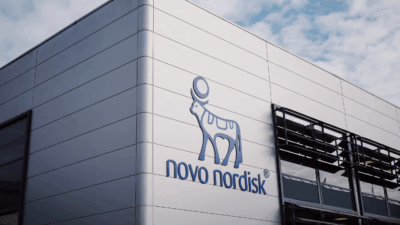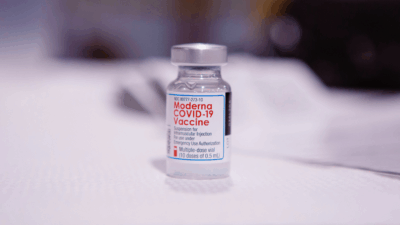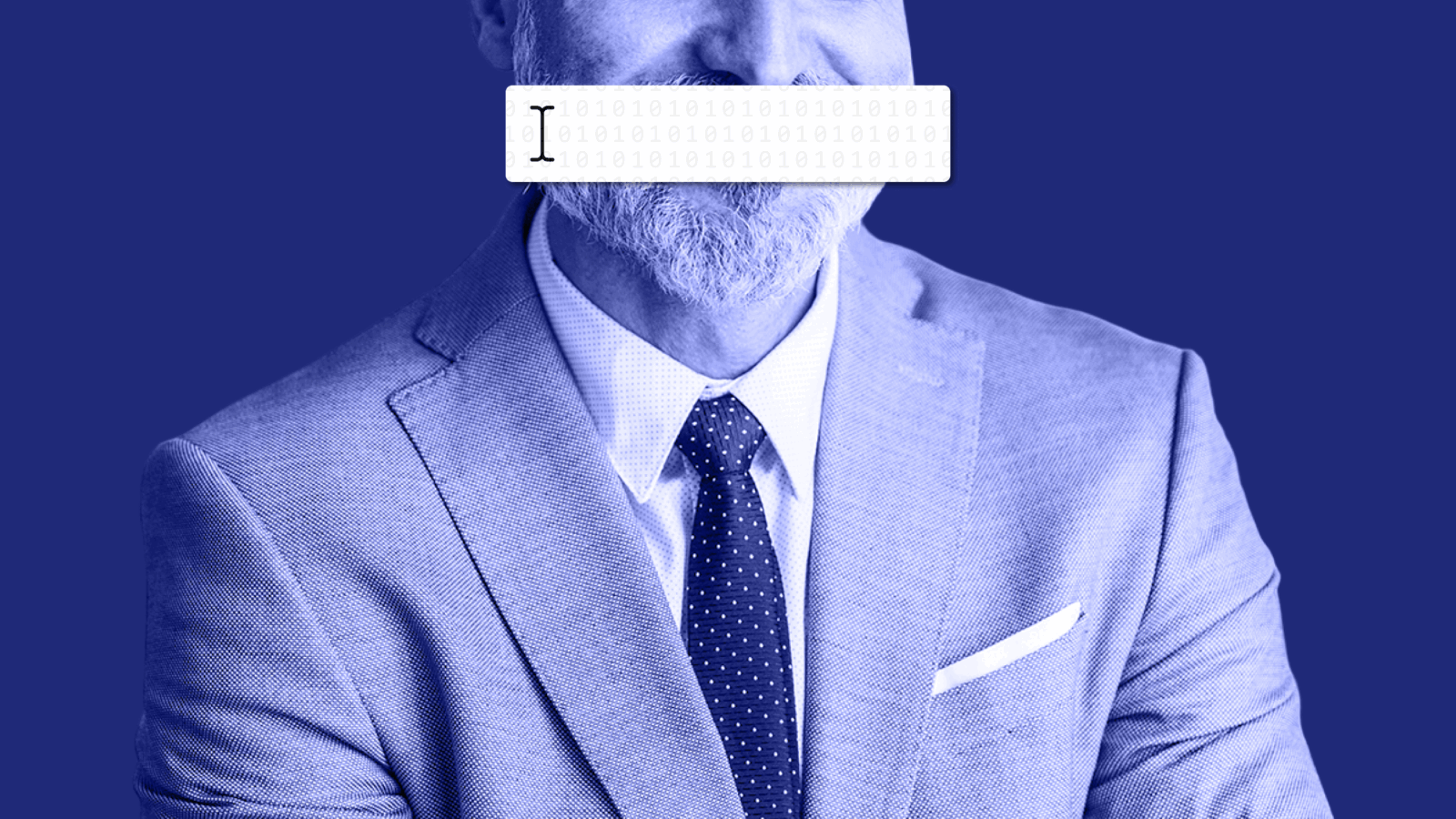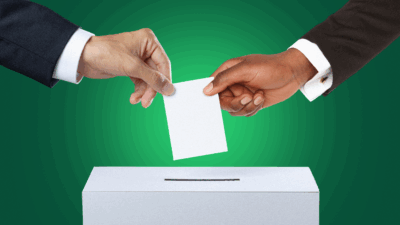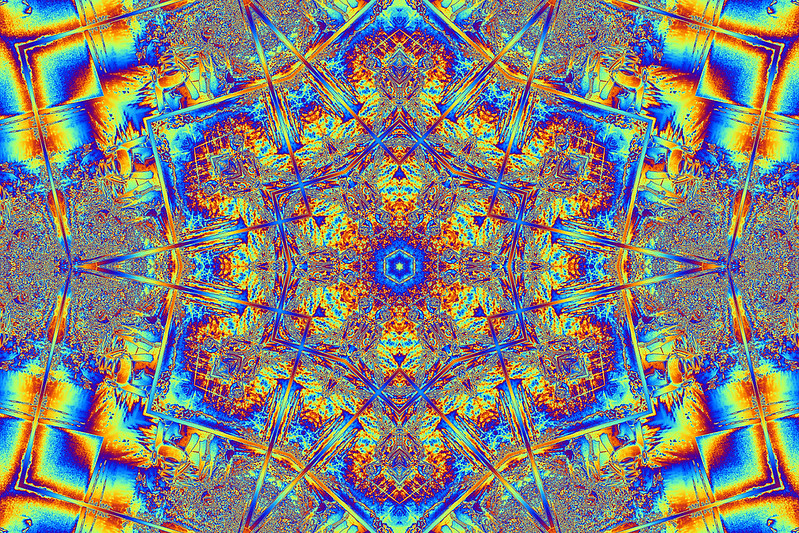
Sign up for smart news, insights, and analysis on the biggest financial stories of the day.
There’s nothing like living through a pandemic, spreading social strife, ongoing war in Europe, a burst of inflation, and constant harbingers of recession to make the world more aware of mental health
Over half of Americans will be diagnosed with a mental illness or disorder at one point in their lifetime, according to the CDC. And over a quarter of US adults suffer from a diagnosable mental disorder in a given year, according to Johns Hopkins Medicine. Numbers like that have scientists and experts seeking out innovative new treatments – and their business counterparts searching for new ways to capitalize on the suddenly ascendant industry. That in turn has propelled a slew of sub-industries, and one in particular is garnering high-profile attention, flashy media headlines, and a torrent of venture capital cash.
Thanks to a handful of promising early studies and test results, the field of psychedelic therapy is rapidly emerging like a patch of quick-sprouting mushrooms in a cold, damp, dark scrap of dirt.
Mind-altering chemicals that naturally occur in some mushrooms or are manufactured in a lab show promise as potential treatment for an array of ailments like anxiety, depression, and post-traumatic stress disorder. Proponents argue psychedelics offer a much more effective, healthier alternative to the pharma industry’s current slate of mental health medications, most of which are based in science and policy dating all the way back to the 1950s.
Set aside any preconceptions of Dead Heads, hippies, and beatniks. Today’s deep dive examines what science says about psychedelic therapy’s efficacy, how law and policy are rapidly shifting around the industry, why VC is pouring in, how some major players have already gone public, and if the field can breach or disrupt the roughly $400 billion global mental healthcare market. Psychedelics are not strictly their domain any longer. So with apologies to Timothy Leary, let’s tune in, dive in, and please don’t drop out.
So How Does it Work?
The thing about psychedelic therapy is that there’s just one key ingredient: psilocybin. It’s found in so-called psychedelic class A drug “magic mushrooms.” Past fans have included rock stars and drug-fueled writers like Hunter S. Thompson, who evangelized that consuming the substance was a way to achieve “ego death” — creating a self-awareness of one’s own mind, ticks, flaws, and neurosis. Half a century ago, such talk was enough to help spark a war on recreational psychedelic drugs that lasted decades. Today they are practically words of encouragement for clinical studies in the new war against depression.
In layman’s terms: depression is hard to treat, there likely isn’t a one-size-fits all solution (at least not yet), so psychedelics and psilocybin may fill a major void for struggling patients.
This month, psilocybin will become the first ever hallucinogen to reach Phase 3 clinical trials in the US — a crucial final step for experimental drugs to achieve FDA approval — after a Phase 2 study led by UK-based pharmaceutical group Compass Pathways and published in the New England Journal of Medicine in early November showed positive results.
That peer-reviewed, multi-stage trial found psilocybin has a sustained and significant effect treating patients of depression who were unresponsive to at least four other antidepressant drugs and treatment — a category of patients that could account for as much as one-third of the nearly 9 million American patients taking medication to treat depression, according to a 2021 study published in the Journal of Clinical Psychiatry.
That’s all well and good. But is it even legal?
Trouble with the Law
Officially, psilocybin and other major psychedelic drugs — except ketamine — are categorized as Schedule 1 substances by the FDA, placing them in the same class as heroin and methamphetamines, i.e. without any accepted medical use and a major risk for abuse. For decades, the scheduling placed significant, often insurmountable barriers on researching the drug further — barriers that new clinical studies could permanently dismantle.
Perhaps more importantly, following the trail blazed by cannabis before it, psilocybin and the magic mushrooms it’s derived from are slowly gaining legal status as multiple states take matters into their own, suddenly extremely-interesting-to-look-at, hands.
As usual, West Coast states are taking the lead — but others are following closely behind:
- In November 2020, Oregon voters (who were among the first to accept cannabis) voted to pass ballot Measure 109, which will both decriminalize psilocybin and legalize the “manufacture, delivery, and administration” of the drug for therapeutic use. The state will officially begin accepting business license applications on January 2.
- In Colorado, similar legislative reform passed under ballot Proposition 122 this past election, paving the way for medicinal psilocybin use in 2024 with the possibility to expand to mescaline, ibogaine, and DMT by 2026. Meanwhile, a handful of cities have decriminalized or deprioritized police investigations of psychedelic drugs, and states as diverse as Utah, Texas, New York, Michigan, Kansas, Florida, and Georgia are either studying the drug for medical use or pushing forward with legislation similar to Oregon’s.
Research has expanded as well, with many groups exploring the drug’s potential to help patients suffering from other difficult-to-treat ailments, particularly addiction. Researchers at NYU Langone Health have been looking into whether psilocybin could treat alcoholism. Meanwhile, researchers at Johns Hopkins Medicine are studying whether the hallucinogen can help people quit smoking, as well as treat chronic lyme disease, anorexia nervosa, and even Alzheimer’s Disease.
The Psychedelic Gold Rush: With psilocybin presented as a skeleton key for unlocking all sorts of different mental health treatments, it should come as no surprise that Oregon’s successful ballot measure triggered a veritable explosion in capital and interest in biotech and pharmaceutical research and development.
Of course, startups and investors already have some idea what they’re getting into, given the size of the market, which is only expected to grow. The total global market size for antidepressant drugs hit $15 billion in 2020, according to a recent report from Allied Market Research. By 2030, it’s expected to reach over $21 billion.
That means there may well be plenty of money to be found in psychedelic therapy, and investors are already spending big bucks to ensure they’re the ones who will profit:
- Psychedelic and psychedelic-related startups raised nearly $600 million in 2021, according to data from CB Insights. That marked a major step from the $358 million raised in the space the previous year.
- Overall, 18 VC firms have been founded in the past three years to invest specifically in psychedelic therapy startups, with the cohort pouring in nearly $80 million, according to Business Insider estimates.
“We believe appetite has evolved — psychedelic drug discovery businesses are now on Big Pharma’s radar and will begin to be a more frequent topic of discussion in business development meetings at large pharmaceutical companies,” Tim Schlidt, co-founder of psychedelic-focused investment fund Palo Santo told TechCrunch in May. M&A activity will likely pick up in 2026, as a range of compounds advance into the clinic.
Bad Trip: Just where all that money is going in a field where the underlying drug, psilocybin, already exists can be a little unclear. A hefty majority of the capital raised by several dozen of the largest psychedelic companies is spent on “drug development,” according to reporting from the Financial Times.
And from a dollars and cents point of view, the drug may be too powerful for psychedelic pharma firms. One recent study posited that the sustained effect of just a single dose of psilocybin could be enough to treat most patients — denying companies the type of lucrative recurring revenue streams typically associated with prescription drugs.
And unlike the cannabis industry, which psychedelics are often compared to, the path to widespread recreational use and legalization – and all that revenue that entails – isn’t even a shimmer on the horizon for psychedelic’s biggest advocates.
Shroom Boom, Shroom Bust
That outlook could explain the poor stock performance of the handful of psychedelic companies already trading on the public market. The Peter Thiel-backed ATAI Life Sciences went public in June 2021 after raising $225 million at a valuation of $2.3 billion while promising to make psychedelic drugs to treat mental health disorders and illnesses. The firm’s revenue streams remain almost purely hypothetical, and its share price has plummeted over 80% all time.
Competitor Cybin, which began trading on Canada’s NEO exchange in 2020 before listing on the New York Stock Exchange in August of last year, has seen its own stock fall a similar 75% all time. Still, the company is moving forward with plans to advance its lead drug candidate, CYB001, into a phase 1/2 clinical study targeting major depressive disorder.
Meanwhile, the aforementioned Compass Pathways, which listed on the NASDAQ in September 2020, may just be the safest haven for investors in the entire industry. While the company’s COMP360 drug remains its only pipeline candidate, it is moving ahead on a path that could score an FDA fast track to approval. That’s enough to send its share price up some 10% in the past six months, inching back some ground in an overall 50% dropoff in the past 12 months.
But maybe the laggards too will, to quote Dr. Leary, “grow with the flow.”


